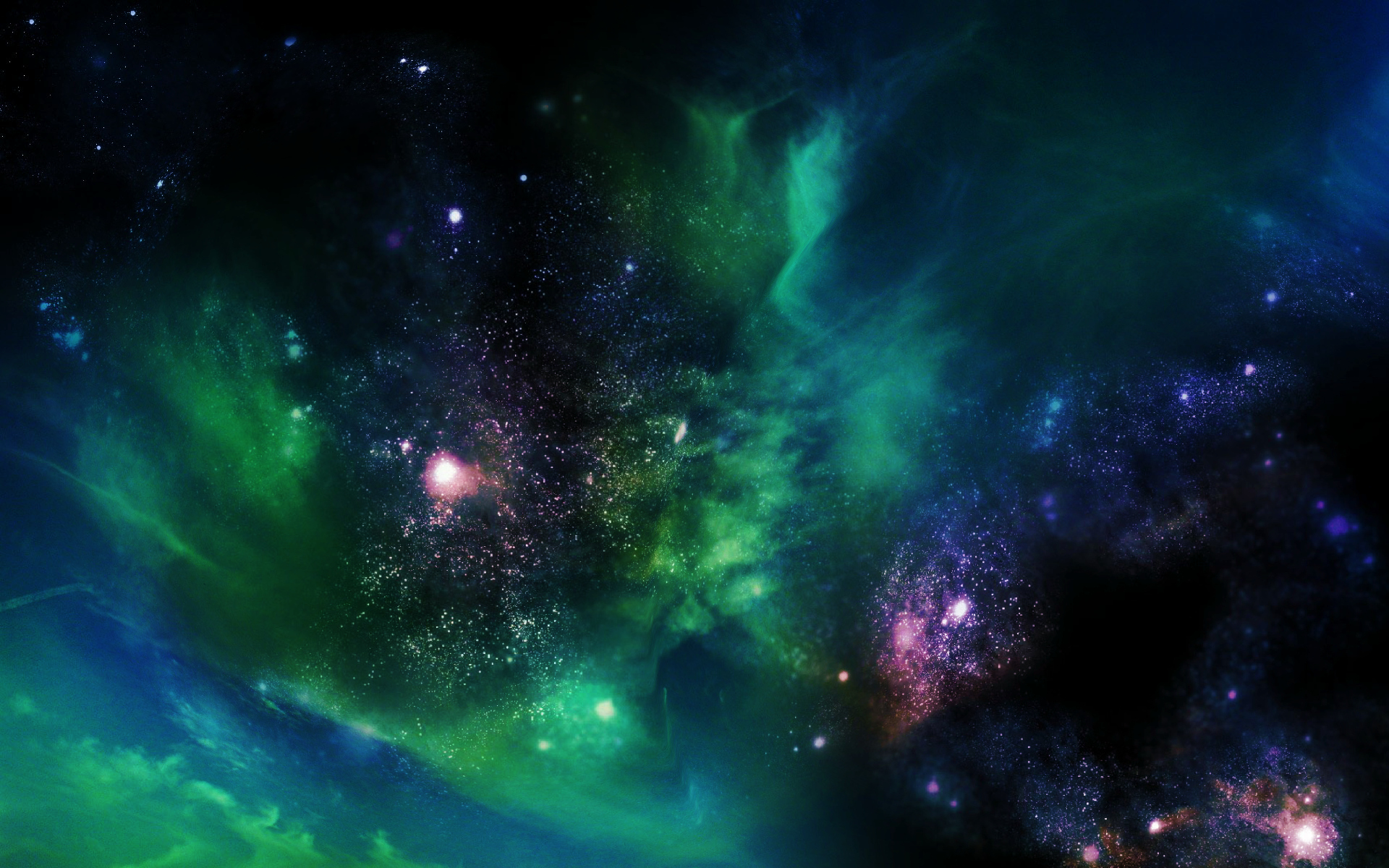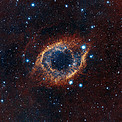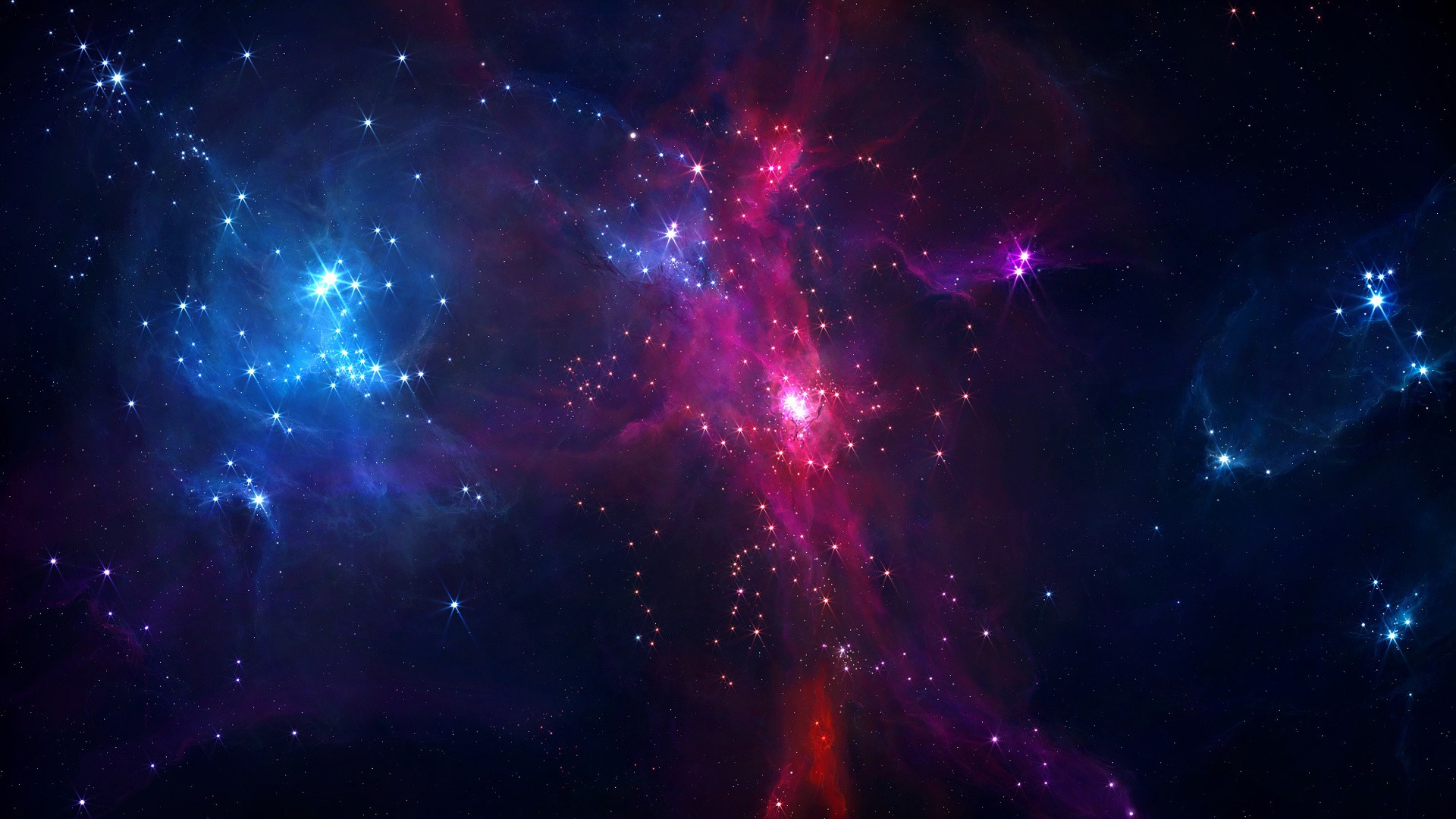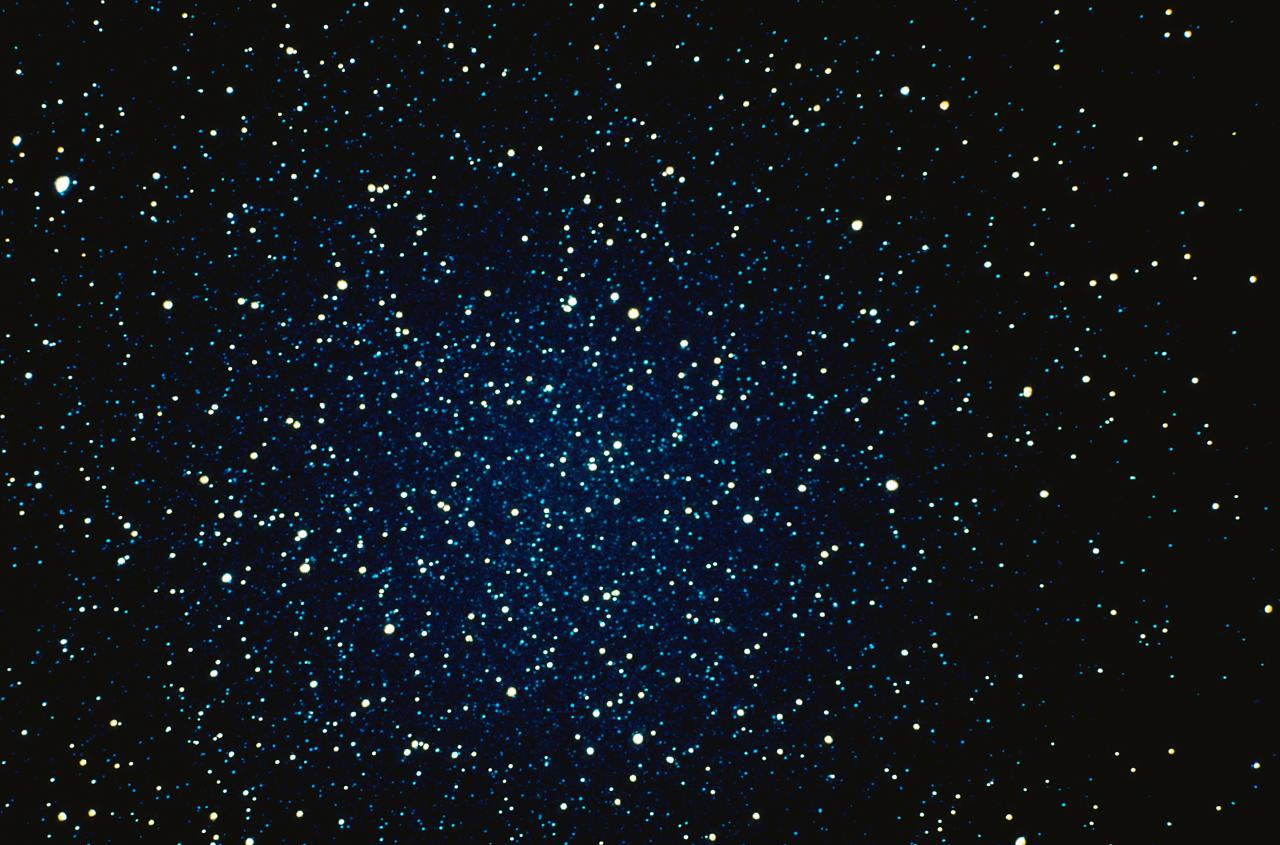
Asia-Pacific markets together added 2.8-gigawatts (GW) of solar PV installations in 4Q11 on the way to a total of 6GW for the entire year, an eye-popping 165% growth, thanks in large part to a massive run-up in China

As the Earth's magnetic field begins to calm after several days of intense geomagnetic activity, the NOAA has announced that we experienced the largest solar radiation storm since 2003.

The U. of Buffalo (NY) says adding quantum dots into solar cells could increase their efficiency by a whopping 45%.

Researchers have succeeded in converting stem cells from umbilical cords into other types of cells, which may eventually lead to new treatment options for spinal cord injuries and multiple sclerosis, among other nervous system diseases.

Researchers have devised a proposal for the first conclusive experimental test of a phenomenon known as

Researchers have succeeded in combining the power of quantum computing with the security of quantum cryptography and have shown that perfectly secure cloud computing can be achieved using the principles of quantum mechanics. They have performed an experimental demonstration of quantum computation in which the input, the data processing, and the output remain unknown to the quantum computer. The international team of scientists will publish the results of the experiment, carried out at the Vienna Center for Quantum Science and Technology (VCQ) at the University of Vienna and the Institute for Quantum Optics and Quantum Information (IQOQI), in the forthcoming issue of Science.

(PhysOrg.com) -- The best performing solar cells are those that are thick enough to absorb light from the entire solar spectrum, while the cheapest solar cells are thin ones, since they require less, and potentially cheaper, material. In an attempt to combine the best of both worlds, a team of scientists has outlined designs for solar cells that can absorb light from the entire solar spectrum yet are as little as 10 nanometers thick. The new design approach, which could lead to improved low-cost solar cells, requires overcoming a thermodynamic light-trapping limit proposed in the 1980s.

Torresol Energy has announced that the Valle I & II plants are fully operational, and are now powering over 40,000 homes each.

Ocean Energy - Key milestone reached in development of world

Panorama - Abu Dhabi seeks young talent to work on renewable energy - Renewable Energy Magazine, at the heart of clean energy journalism

Panorama - Fossil fuels received more than ?320 billion in aid in 2010 - Renewable Energy Magazine, at the heart of clean energy journalism

ESO’s VISTA telescope, at the Paranal Observatory in Chile, has captured a striking new image of the Helix Nebula. This picture, taken in infrared light, reveals strands of cold nebular gas that are invisible in images taken in visible light, as well as bringing to light a rich background of stars and galaxies.

NASA's Hubble Space Telescope has looked deep into the distant universe and detected the feeble glow of a star that exploded more than 9 billion years ago. The sighting is the first finding of an ambitious survey that will help astronomers place better constraints on the nature of dark energy, the mysterious repulsive force that is causing the universe to fly apart ever faster.

You may have heard by now about the 100 Year Starship project, a new research initiative to develop the technology required to send a manned mission to another star. The project is jointly sponsored by NASA and the Defense Advanced Research Projects Agency (DARPA). It will take that long just to make such a trip feasible, hence the name. So we’re a long ways off from naming any crew members or a starship captain, but the project itself does have a new leader, a former astronaut.

(PhysOrg.com) -- For the first time, astronomers have mapped dark matter on the largest scale ever observed. The results, presented by Dr Catherine Heymans of the University of Edinburgh, Scotland, and Associate Professor Ludovic Van Waerbeke of the University of British Columbia, Vancouver, Canada, are being presented today to the American Astronomical Society meeting in Austin, Texas. Their findings reveal a Universe comprised of an intricate cosmic web of dark matter and galaxies that spans more than one billion light years.